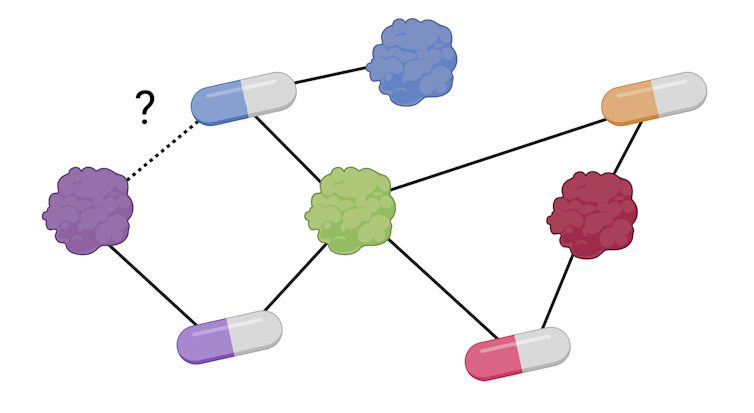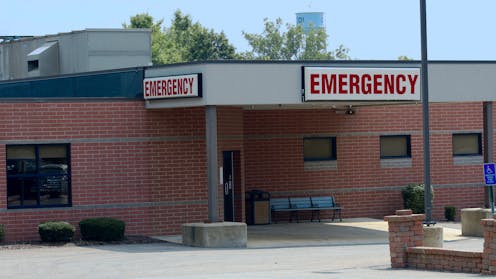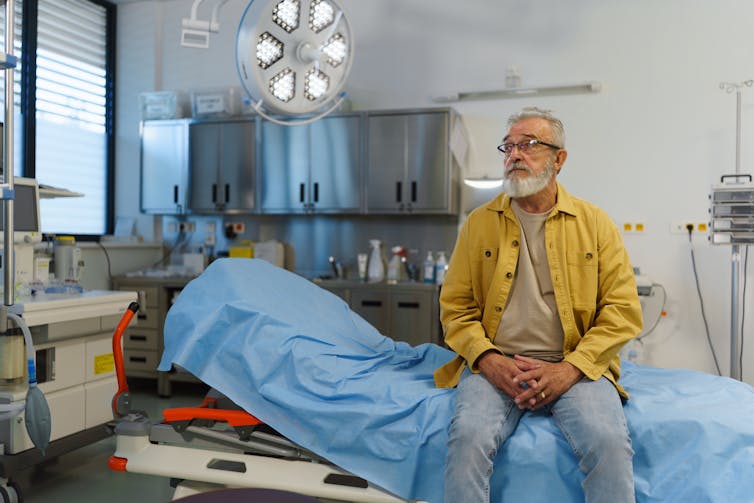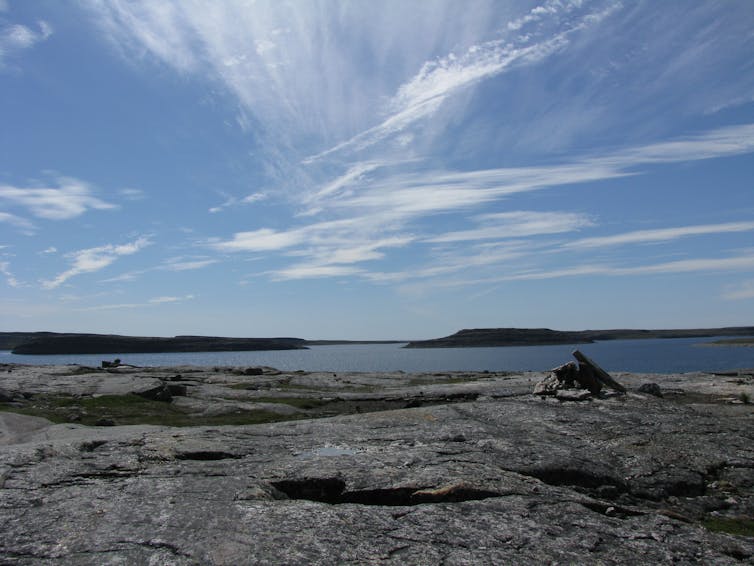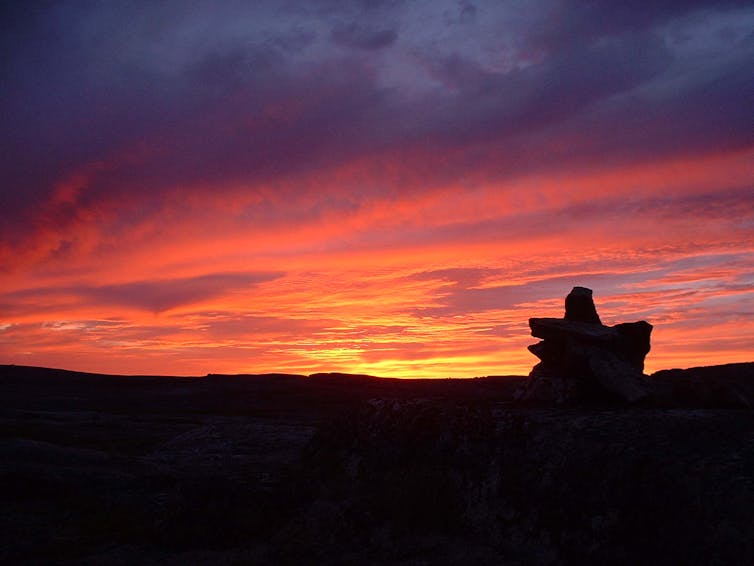Source: The Conversation – (in Spanish) – By Roberto Colom, Profesor de psicología diferencial y neurociencia, Universidad Autónoma de Madrid
¿Por qué algunos de nosotros somos más sociables que otros? ¿Por qué algunos estudiantes transitan con éxito por el sistema educativo mientras que otros a duras penas mantienen el tipo? ¿Por qué hay quien es más susceptible a caer en una depresión al vivir circunstancias adversas? ¿Por qué algunas personas recurren con mayor facilidad que otras a la violencia para resolver sus conflictos? ¿Por qué hay individuos políticamente progresistas, mientras que otros son más conservadores?
La ciencia del comportamiento
Esas preguntas pueden ser abordadas recurriendo al método científico, algo que viene haciéndose desde hace más de un siglo desde disciplinas como la psicología diferencial y la genética del comportamiento. Esa larga trayectoria, que ha supuesto usar métodos progresivamente más sofisticados, ha permitido llegar a conclusiones que se encuentran entre las más sólidas de la psicología científica, y con bastante diferencia.
Esos métodos han permitido explorar cuál es la contribución tanto de nuestra singularidad genética como de las circunstancias que experimentamos a esas diferencias de sociabilidad, aptitud educativa, tendencias depresivas, conductas violentas o inclinaciones políticas. Y son solamente algunos ejemplos, puesto que la ciencia ha investigado miles de rasgos a través del análisis de millones de personas de distintos continentes, con unos resultados significativamente estables.
De forma generalizada, se puede concluir que, de media, nuestras diferencias genéticas hacen una contribución del 50 % a esa diversidad psicológica. La cifra resulta enorme para lo que es usual en las ciencias sociales. El otro 50 % debe buscarse en las circunstancias vitales que experimentamos. Pero ¿cuáles de esas circunstancias influyen en lo que somos psicológicamente?
La respuesta a esa pregunta es, por ahora, escurridiza. No se duda de que dichas circunstancias tienen que ser psicológicamente relevantes, pero la empresa destinada a identificar cuáles son, en concreto, los factores ambientales con un impacto sistemático y duradero sobre los rasgos que delimitan nuestra personalidad, nuestras capacidades o nuestras vulnerabilidades a los trastornos mentales –en suma, nuestro modo de ser y estar en el mundo– ha desembocado en lo que se conoce como “perspectiva sombría” (gloomy prospect).
En esencia, lo que se concluye, al menos por ahora, es que tales factores ambientales son fundamentalmente personales y poseen un carácter eminentemente aleatorio.
Mientras que esas circunstancias van cambiando a lo largo del ciclo de la vida (de modo que lo que es importante en un periodo deja de serlo al siguiente, y viceversa), nuestro ADN es siempre el mismo (con ligeros matices) desde que somos concebidos hasta que abandonamos este mundo.
Por eso se considera que es nuestra estructura genética, compartida en su mayor parte con los demás humanos, pero con ingredientes únicos para cada uno de nosotros, la que permite construir los cimientos de lo que terminará siendo nuestro edificio psicológico.
No hay dos genomas iguales
Aunque solemos referirnos al genoma humano, es esencial tener presente que no hay dos genomas iguales.
Cada una de las personas que han pisado el planeta se ha caracterizado por poseer un genoma distinto al resto (salvo, por supuesto, los gemelos idénticos).
La inmensa mayoría de los tres millones de páginas en las que se consigna la información que contiene nuestro genoma son idénticas en cada uno de nosotros. Sin embargo, hay un 1 % donde se aprecian las diferencias que participan en el hecho de que algunos seamos más sociables, menos aptos académicamente, más depresivos, menos violentos o más conservadores que otros.
Es en esas 3 000 páginas en las que se aprecia la individualidad humana, con un impacto visible en numerosos rasgos, donde se ha centrado la labor de los investigadores interesados en el origen de nuestras diferencias psicológicas.
Los principales resultados que se han venido observando durante más de un siglo, y las consecuencias de los hallazgos encontrados, son el epicentro de un libro recientemente publicado (Eres tu ADN. Cómo los genes contribuyen a construir nuestra identidad, Ariel) en el que destacamos el papel de esas diferencias genéticas para entender lo que somos psicológicamente.
El negocio del ADN
La promesa de la ciencia de mejorar la comprensión de los seres humanos, y abrir la puerta a nuevas estrategias para mitigar el dolor y el sufrimiento físico y psicológico, tiene también, lamentablemente, un lado oscuro.
Los veloces avances tecnológicos experimentados en las pasadas dos décadas están promoviendo que algunos científicos comiencen a coquetear con determinadas empresas para obtener un beneficio rápido de los conocimientos básicos adquiridos, pasando por encima de sus limitaciones técnicas y de la necesaria reflexión ética.
Editar genes para “mejorar la sociedad”
La posibilidad de editar los genomas humanos, por ejemplo, se considera ahora más realidad que ficción, con todo lo que eso conlleva. Las preguntas se acumulan y las respuestas se hacen de rogar.
Si lo que somos psicológicamente tiene una conexión demostrada con nuestro ADN, entonces sería posible en principio editarlo para, pongamos, ser más sociables, más aptos académicamente, menos vulnerables a la depresión, menos violentos y, ya puestos, más progresistas o más conservadores.
Hay quien incluso comienza a preguntarse si, al igual que intentamos mejorar las condiciones de vida de las personas recurriendo a acciones de carácter social, sería adecuado contribuir a esas mejoras editando sus genomas, reescribiendo la información codificada en ese ADN que nos acompaña durante toda la vida.
Desde luego, el futuro se presenta apasionante, aunque plagado de inquietantes interrogantes que tendremos que responder no solamente los científicos, sino la sociedad en su conjunto.
![]()
Roberto Colom recibe fondos de la Fundación Humanismo y Ciencia.
Juan R. Ordoñana recibe fondos en la actualidad de la Fundación Séneca – Agencia de Ciencia y Tecnología de la Región de Murcia y del Instituto Murciano de Investigación Biomédica.
– ref. Somos nuestro ADN: así contribuyen los genes a lo que somos psicológicamente – https://theconversation.com/somos-nuestro-adn-asi-contribuyen-los-genes-a-lo-que-somos-psicologicamente-259935



